While the 5,000-page $900 billion COVID Relief Bill (H.R. 133, Div. M and N) fell short on some fronts (e.g., did not provide direct fiscal relief to cash-strapped states and localities), it does provide $82 billion in Education Stabilization Funds for states, school districts, and higher education institutions—crucial support for education as students return to school after the holiday. Funding of this magnitude makes a trauma-informed COVID response possible, giving advocates the opportunity to bring key issues to education policymakers.
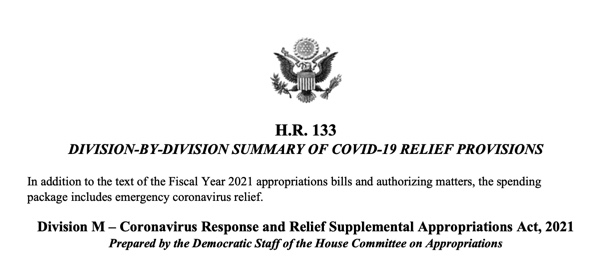 The law (click here for a 29-page division-by-division summary of the bill—education provisions on fifth page) allows for flexibility in how states and localities use the funds that include activities authorized under existing education programs, including the Elementary and Secondary Education Act (ESEA). ESEA, signed into law by President Obama on Dec. 10, 2016, includes provisions that support trauma-informed practices in schools, as reported in ACEs Connection.
The law (click here for a 29-page division-by-division summary of the bill—education provisions on fifth page) allows for flexibility in how states and localities use the funds that include activities authorized under existing education programs, including the Elementary and Secondary Education Act (ESEA). ESEA, signed into law by President Obama on Dec. 10, 2016, includes provisions that support trauma-informed practices in schools, as reported in ACEs Connection.
Of the Fund’s $82 billion, $54.3 billion is allocated for the Elementary and Secondary School Emergency Relief Fund, $4.1 billion for the Governor’s Emergency Education Relief Fund, and $22.7 billion for the Higher Education Emergency Relief Fund. The prior COVID bill, Coronavirus Aid, Relief and Economic Security (CARES) Act enacted in March 2020, established a $30.75 billion Education Stabilization Fund, allocating $13.2 billion for the Elementary and Secondary School Emergency Relief Fund to assist K-12 schools, $3 billion for Governor’s Fund, and $14 billion for higher education.
Because the new COVID law simply appropriates more money for the K-12 education funds created in the CARES ACT, it is instructive to look at how these funds are being used by the states as background on future allocation decisions.
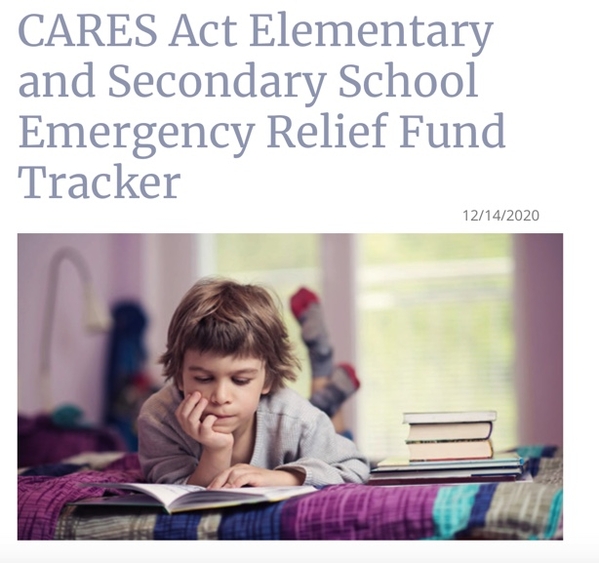
The National Conference of State Legislatures (NCSL) released in mid-December the CARES Act Elementary and Secondary School Emergency Relief Fund Tracker that provides a state-by-state overview of how these funds are being utilized. The NCSL tracker provides information on states’ use of the $13.5 billion Elementary and Secondary School Emergency Relief (ESSER) Fund to be used to assist K-12 schools respond to the COVID pandemic.
The NCSL tracker includes information on each state’s total ESSER allocation, the minimum Local Education Agency (LEA) allocation/application, State Education Agency (SEA) guidance to LEAs, the SEA Set-Aside amount and the SEA plan for the 10% set-aside.
One example of how trauma is addressed through the CARES ACT Education Stabilization Fund is in Connecticut with its emphasis on social and emotional learning (SEL). The document in the tracker, State Level Priorities: Sustaining Local School District Capacity & Providing Equity and Access to a High Quality Education for All Children, says that social and emotional well-being was an established priority pre-COVID-19, but “The COVID-19 related trauma, anxiety, and distance from the relationships formed at school during the long period of class cancellation, have intensified the need for quality social emotional supports for students as well as educators.” For this reason, the state says CARES Act funding will augment the development of a statewide SEL framework, provide resources for the delivery of general behavioral and mental health screening, and promote implementation of universal SEL curriculum/programming and secure resources for “outreach or professional learning on Equity, Implicit Bias and Inclusion.”
The state-by-state information provided in NCSL tracker on plans for the use of CARES ACT funding provides a snapshot of the state’s priorities as articulated in public documents. The use of CARES ACT funding in a state should provide some insight into the state’s priorities but do not determine how the recently passed COVID Relief Funds will be allocated. The new COVID Relief law and future legislation to address the pandemic provide many opportunities for advocacy on behalf of trauma-informed approaches in all aspects of education in schools and higher education institutions.
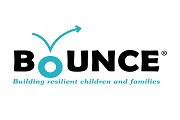
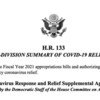
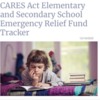
Comments (0)